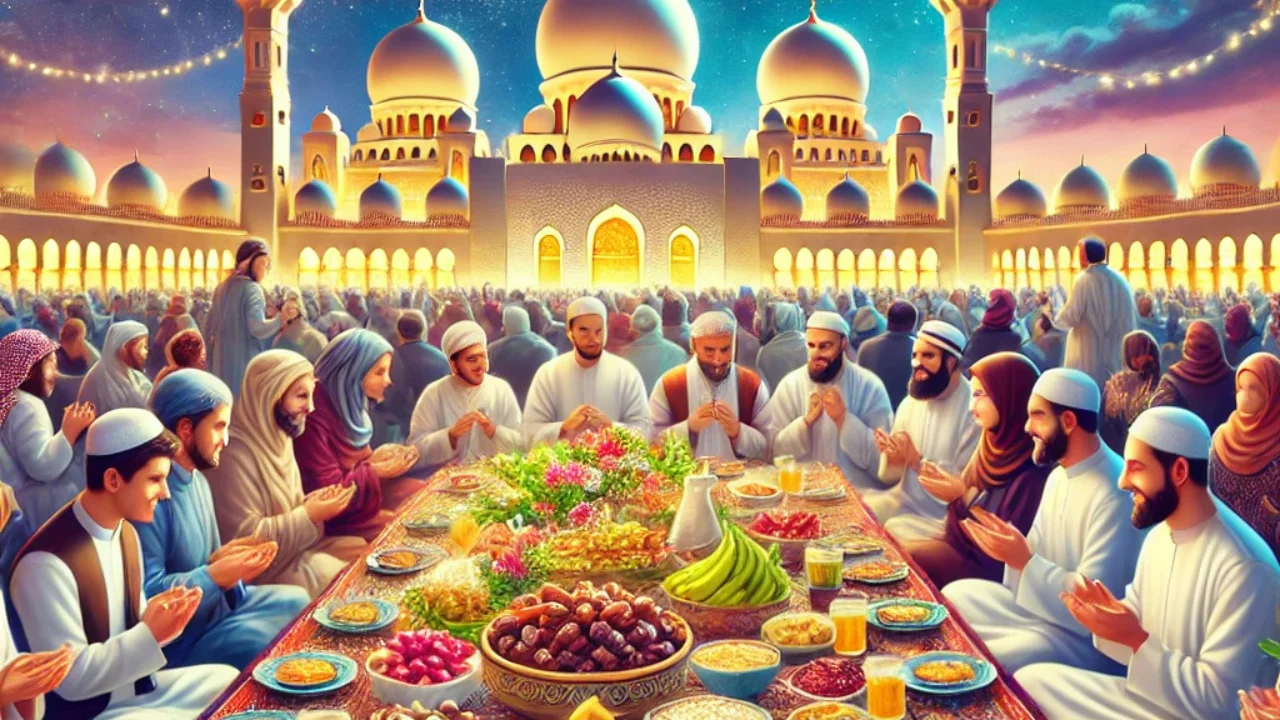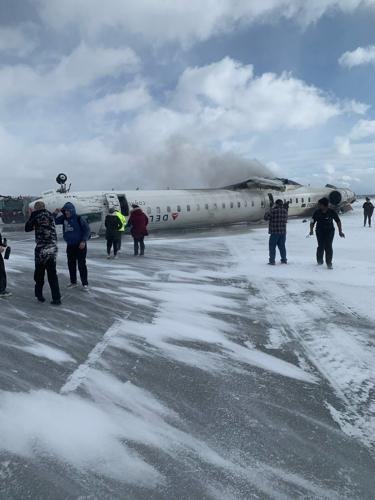India is a land of diversity. From the snow-capped mountains of the north to the sunny beaches of the south, everything changes—food, clothes, traditions, and especially languages. But have you ever wondered why India has so many languages? Let’s explore this fascinating topic.
A Quick Look at India’s Languages
India is home to 22 officially recognized languages and over 1,600 dialects spoken across the country. According to the Census of India 2011, more than 19,500 languages or dialects are spoken as mother tongues!
Some of the most widely spoken languages include:
- Hindi – Spoken by around 44% of Indians
- Bengali – Popular in West Bengal and Bangladesh
- Telugu, Marathi, Tamil, Urdu, Gujarati, Malayalam, Punjabi, and many more
Now, let’s understand why this linguistic diversity exists.
1. A Long, Rich History
India has a history that goes back thousands of years. Long before modern nations existed, India was made up of different kingdoms, tribes, and cultures. Each group spoke its own language or dialect.
For example:
- The Aryans brought Sanskrit, one of the world’s oldest languages.
- In the south, Dravidian languages like Tamil and Telugu developed independently.
- Persian, Arabic, and Turkish influences came with the Mughals.
- Portuguese, Dutch, French, and English arrived during the colonial period.
Over time, all these languages mixed and evolved, creating new ones.
2. Geography Shapes Language
India’s vast geography also plays a role. Think about it:
- Mountains in the north, like the Himalayas, kept communities separate, allowing languages to grow differently.
- Rivers like the Ganges connected people but also supported diverse cultures along their banks.
- Dense forests in the northeast and deserts in the west isolated tribes, preserving unique languages.
This natural separation meant that people in different regions developed their own ways of speaking.
3. Migration and Invasions
Throughout history, people have migrated to and from India. Some came as traders, some as invaders, and some as settlers.
- Aryan Migration: Around 1500 BCE, Indo-Aryan tribes brought languages that evolved into Hindi, Bengali, and others.
- Mughal Influence: From the 16th century, Persian and Arabic words blended into Indian languages, especially Urdu.
- British Rule: English became important during colonial times and remains an official language today.
Each wave of people left a mark on the languages spoken.
4. Cultural Diversity
India isn’t just a country—it’s like a continent of cultures. Every state has its own traditions, festivals, food, and yes, languages.
For example:
- In Kerala, people speak Malayalam, influenced by ancient Dravidian roots.
- In Punjab, the language is Punjabi, rich with Sikh culture.
- In Mizoram, people speak Mizo, reflecting the tribal heritage of the region.
Even within states, you’ll find different dialects. In Maharashtra, people speak Marathi, but the dialect in Mumbai sounds different from the one in Nagpur!
5. No Single Ruler or Empire
Unlike countries where one empire ruled for centuries, India was always a mix of many kingdoms and empires. This meant:
- No single language dominated the whole region.
- Local languages continued to grow, even when empires like the Mughals or British tried to promote their own languages.
Even today, India supports linguistic diversity through its constitution.
Real-Life Example
Imagine a train journey from Delhi to Chennai.
- In Delhi, people greet you with “Namaste” in Hindi.
- In Bhopal, they might say “Salaam”, influenced by Urdu.
- In Hyderabad, it could be “Vanakkam” in Tamil or “Namaskaram” in Telugu.
- By the time you reach Chennai, it’s “Vannakam” in Tamil!
Isn’t it amazing how languages change within hours of travel?
How Does India Manage So Many Languages?
India’s constitution recognizes 22 official languages under the Eighth Schedule. States can choose their own official languages, and Hindi and English are used for central government work.
In schools, many children learn:
- Their mother tongue at home
- The state language in public places
- Hindi as the national language
- English for global communication
This multilingual environment helps Indians switch between languages with ease.
Final Thoughts
India’s languages are like its people—colorful, diverse, and vibrant. They tell stories of ancient civilizations, migrations, empires, and cultural exchanges.
Languages are more than just words; they carry the soul of a community. In India, every language is a living tradition, passed down from generation to generation.
So, the next time you hear someone speak a language you don’t understand, remember—it’s part of a beautiful tapestry that makes India truly unique.
References:
- Census of India 2011 – https://censusindia.gov.in
- “The Languages of India” – Ministry of Home Affairs, Government of India
- Masica, Colin P. The Indo-Aryan Languages, Cambridge University Press








